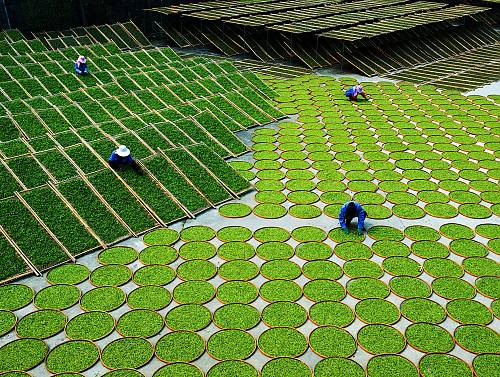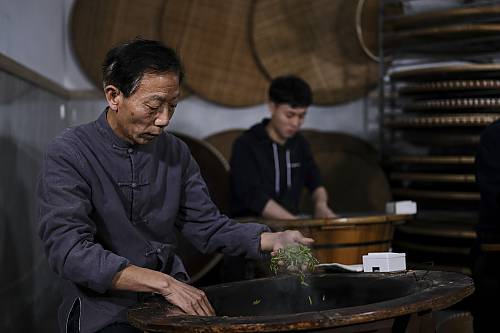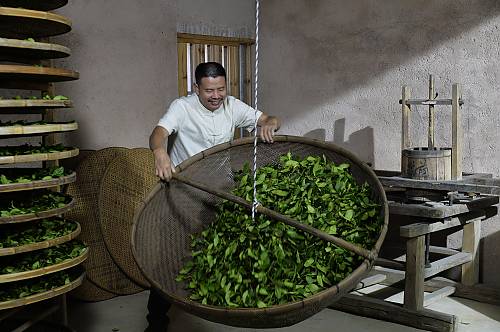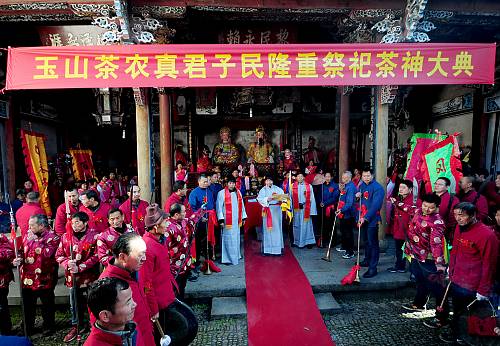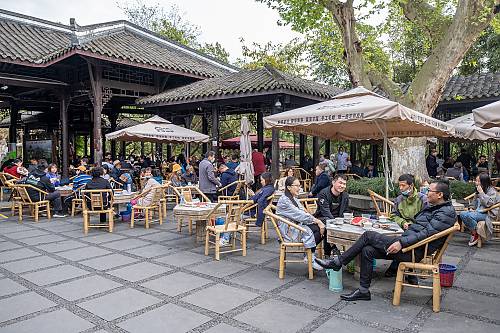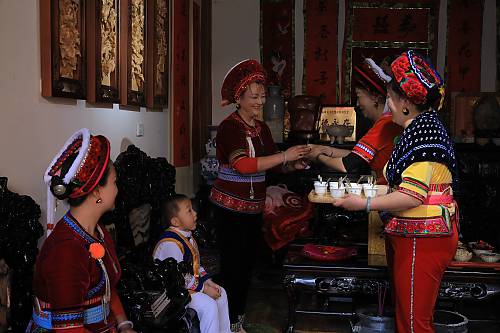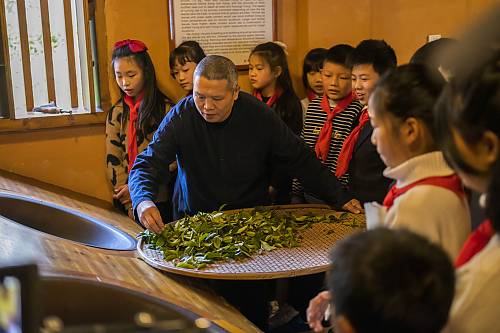Traditional tea processing techniques and associated social practices in China
Inscribed in 2022 (17.COM) on the Representative List of the Intangible Cultural Heritage of Humanity

China’s traditional tea processing techniques and associated social practices entail the knowledge, skills and practices around tea plantation management, tea-leaf picking, manual processing, drinking and sharing. Based on natural conditions and local customs, tea producers have developed six categories of tea: green, yellow, dark, white, oolong and black teas. When added to reprocessed teas, such as flower-scented teas, the result is over 2,000 tea products with a variety of colours, aromas, flavours and shapes. Tea is ubiquitous in the Chinese people’s daily life and is served steeped or boiled in homes, workplaces, tea houses, restaurants and temples. It is an important part of socialization and of ceremonies such as weddings and sacrifices. The practice of greeting guests and building relationships within families and among neighbours through tea-related activities is common to multiple ethnic groups, providing a sense of shared identity and continuity for the communities. The knowledge, skills and traditions are passed on through families and apprenticeships, and the bearers include tea producers, farmers and artists, as well as those who make the pastries that are typically served with tea.

